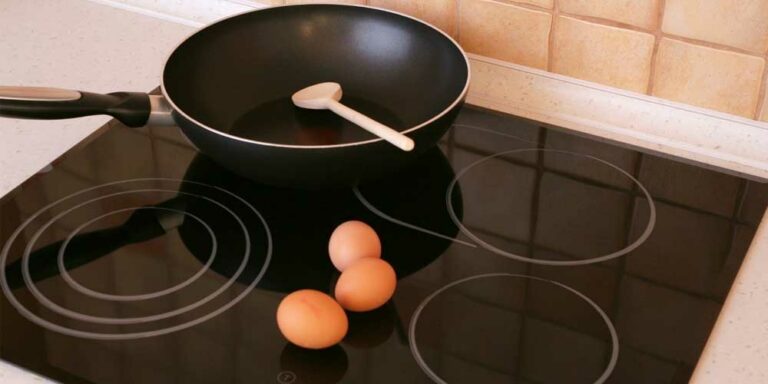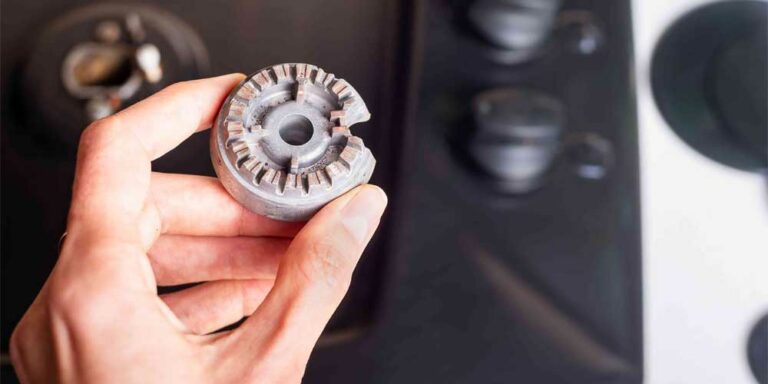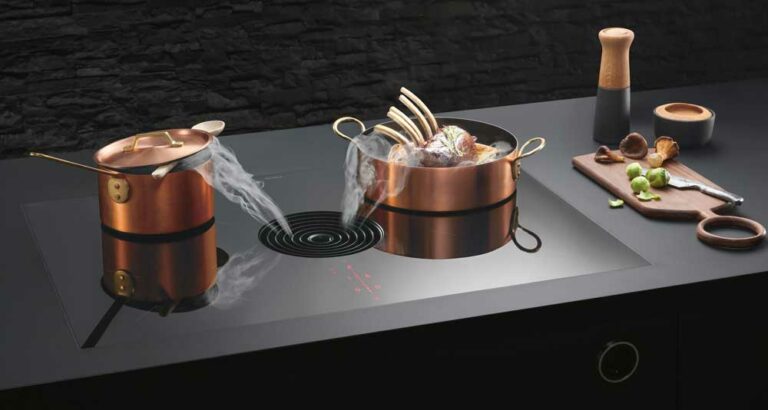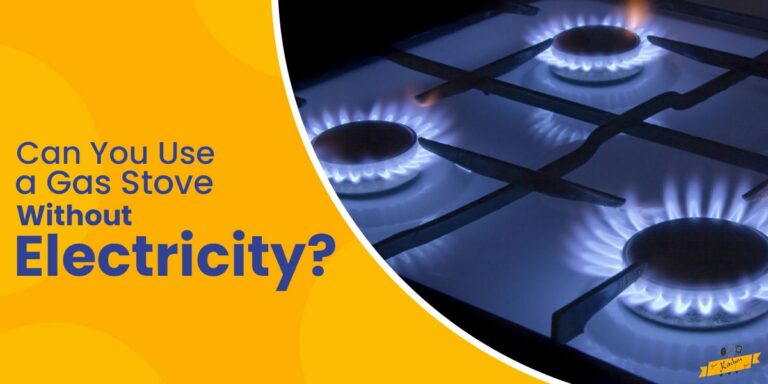How to Convert a Natural Gas Stove to Propane?
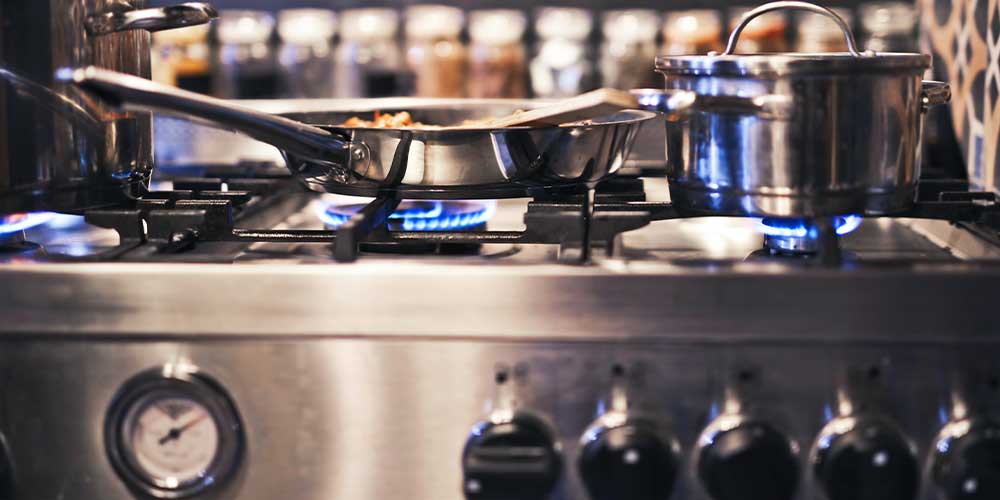
From a technical perspective, converting a gas stove to propane is a rather straightforward task, but it requires expertise and a lot of care. Considerable adjustments need to be made to burner strength and gas output before shifting the fuel line from natural gas to propane supply.
While both natural gas and propane are efficient and clean sources of providing heat, converting from natural gas to propane can still be a big decision since both of the sources have their own advantages and disadvantages. There can be certain differences in cost based on location and based on a few points, propane may be more preferable as compared to natural gas.
Natural Gas Vs Propane Stoves: What are the Differences in Operation?
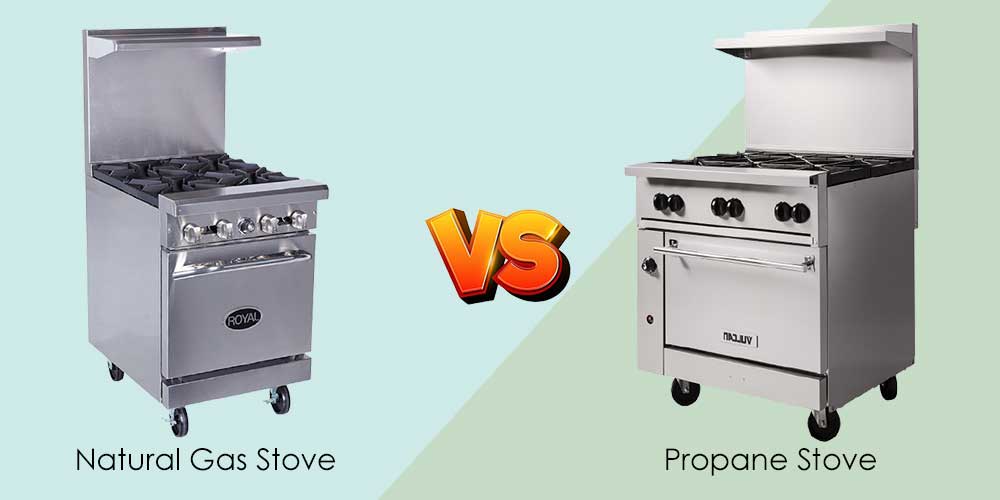
The main difference between propane and natural gas is their heat energy efficiency. Propane gas cooktop is a more efficient source of heat since it delivers twice the energy of natural gas when compared in BTUs (British Thermal Units). Put simply, it means that propane produces the same amount of heat as natural gas while using half the amount of fuel. While both natural gas and propane are considered clean energy fuels, propane is regarded as a green fuel and natural gas is not. The difference arises from the fact that propane remains eco-friendly both before and after the combustion.
There are also certain similarities between natural gas and propane in the sense that both of them are odorless and colorless and are clean burning fossil fuels, without having significant effect on the environment. While natural gas is delivered by means of a pipeline, propane is usually stored in tanks. Storing propane in a tank on your property is far more convenient than the natural gas coming through a pipeline, and offers the home owners a considerable amount of flexibility.
The major operational difference between natural gas and propane arises from the fact that the latter operates at a higher pressure, therefore on changing from natural gas to propane the valves and switches need to be altered to properly control the flow of gas. The bur ner air shutter which controls the ratio of air to fuel and adjusts the flame, also needs to be adjusted appropriately for a successful natural gas to propane conversion
Why Should You Consider Converting a Natural Gas Stove to Propane?
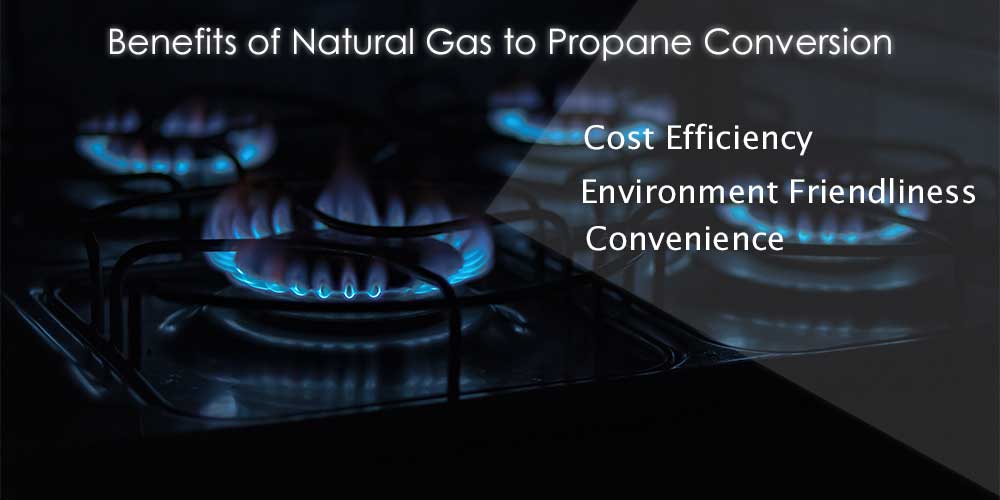
Natural gas to propane conversion if done properly can save a lot of money and is also better for the environment. Since propane has a higher BTU rating than natural gas, it can heat faster and use less fuel when compared to natural gas. Propane can be versatile, safe and cost-effective, thereby a better option as compared to natural gas in most cases.
Propane is far more efficient than natural gas, since it provides consistent heat. Every unit of propane contains two times as much energy as each unit of natural gas. While propane is a little more expensive than natural gas, it is still considered more cost-effective since it lasts longer. With the cost differential being there, propane has one more advantage. With propane, there is a tank supply system, which enables you to time your purchase according to the use.
What is a Conversion Kit?
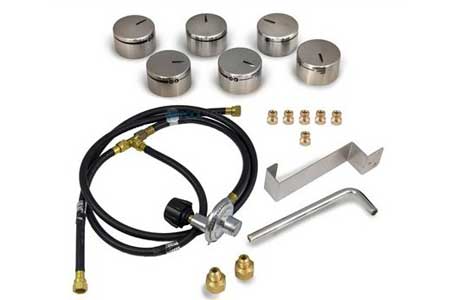
A conversion kit is usually supplied with a new appliance, and it contains all the equipment required, if you ever consider converting between propane and natural gas. There are kits which are designed specifically for the purpose of converting from natural gas to propane.
For older appliances, a conversion kit is not available so a kit has to be bought separately. A conversion kit contains all the instructions for converting to propane and also ensures the safety of the process. Using a conversion kit helps ensure that the conversion process is carried out correctly and that the finished stove is functioning properly.
Conversion kits usually come with all new cooktops and ranges. Especially the ones from leading brands. Here we’ve reviewed some of our handpicked gas cooktop and range models. All of these can converted from natural gas to propane and vice versa.
Gas Cooktop Reviews
Converting a Natural Gas Stove to Propane | DIY Steps
Install a Propane Tank In Your Property
The first step towards conversion from natural gas to propane requires installing a propane tank which is big enough to hold several thousand cubic feet of propane on your property. If you prefer to bury it under the yard to preserve the appearance of your house, then it requires digging up the grass to a certain depth.
The ground where the tank is to be placed should be prepared before installation. The ground should have a firm base with either cement or gravel. It must be level and be able to adhere to specific requirements of the tank according to its size.
Convert Your Natural Gas Stove/Range to Propane
Since propane and natural gas are both fossil fuels, they burn likewise. However, the appliances still need to be converted while creating the switch from natural gas to propane, for both, cooktops and ranges.
1. Disconnect the Stove from the Natural Gas Line
The first step towards the conversion to propane is to disconnect the appliance from the natural gas line. It can be done by using the wrench to remove the nozzle from natural gas supply and ensure that it has been restricted or shut. The nozzle should also be removed from the grill.
2. Change Natural gas Burners to Propane Compatible Orifices
The biggest switch in the conversion to propane is switching to burners that have smaller orifices to make sure that less propane comes out. This needs to be done since at a time, less propane is needed as compared to natural gas which is usually needed at twice the amount. Propane has more heat energy so less of it is required at a time.
Natural gas burns at a different rate than propane, so the controls are needed to regulate the amount of gas which is being burned. The amount of gas which is delivered to flame is controlled by the color coded orifice at each burner which is fitted to size according to the gas being used. The orifices need to be adjusted on each burner in order to optimise them for propane gas rather than natural gas.
3. Connect the Stove to the Propane Line
Once the stove gets ready for propane, the propane line needs to be reattached. In case of a threaded connection, a pipe tape or thread compound needs to be used, to ensure a tight fit.
4. Adjust the Burner Settings
After replacing the valves and orifices on the appliances, their settings also need to be changed. Propane and natural gas have different densities and rate of burning, so the valves and orifices need to be adjusted to control the flow of gas.
The most significant point in this conversion is that natural gas is stored at a lower pressure while the propane gas is at a high pressure, hence there are some devices that are not able to handle the high pressure of propane. The settings need to be changed to ensure that everything is working properly and according to propane requirements.
5. Test for Leaks
The final thing that is needed to be done for conversion from natural gas to propane is to test for leaks. Once all the required switches have been carried out, turn on the propane connection and check for any gas leaks. An easy way to do this is by mixing a soapy solution with half a cup of water and a drop of hand wash or dish soap. If on applying the solution on the propane connection there is formation of bubbles then it means that the connection needs to be secured. If there is no formation of bubbles, it means that the connection is tight.
Safety Precautions to Take for Natural Gas to Propane Conversion
It can be very dangerous to work with propane and natural gas since both are highly combustible. Any missteps, overlooked connection or leaking valves during the conversion can lead to disastrous situations and hence should be handled with high degree of care and precaution.
It is recommended that you take your time during conversion and take help whenever required since the conditions can lead to fuel spill and could lead to situations like erosion or combustion.
Closing Thoughts
Before considering a propane conversion make sure that your appliances are fit for the conversion. There are some appliances which are solely made for natural gas or propane, hence they do not possess the flexibility to adapt to change. These appliances need to be checked and thus be replaced.
It’s also advisable sometimes to seek professional help rather than doing it all by yourself. A licensed technician trained in the conversion from natural gas to propane can help you with complete assurance. For proper propane conversions, a lot of planning, patience and attention to detail is required. Once carried out correctly, propane conversion can save money and is also better for the environment.


